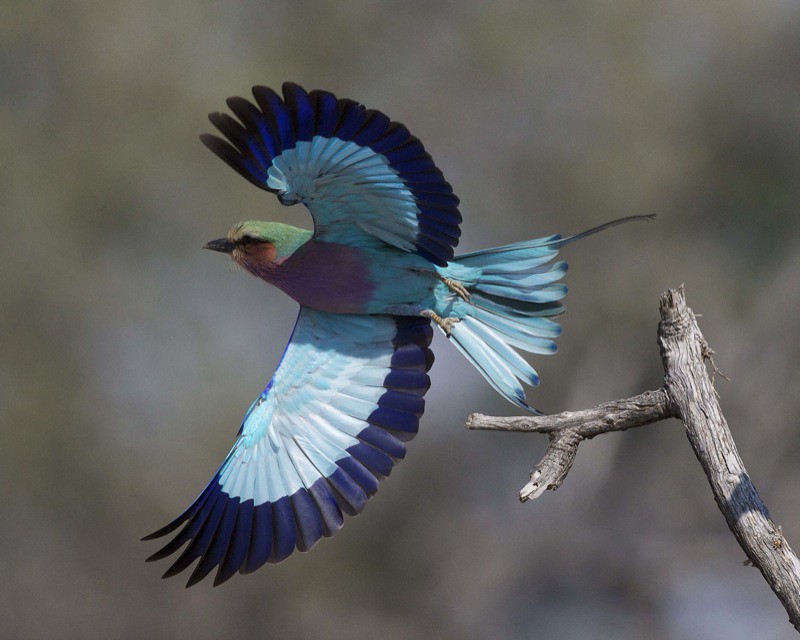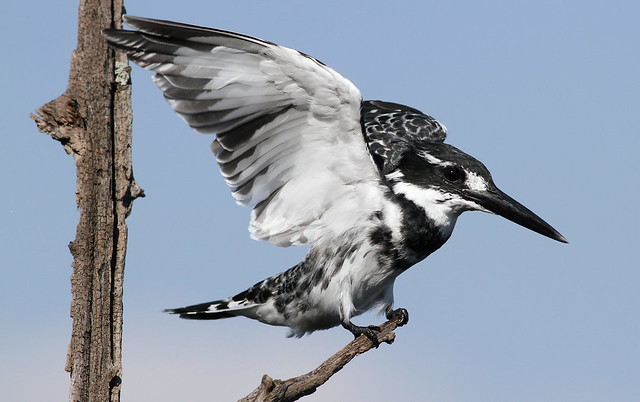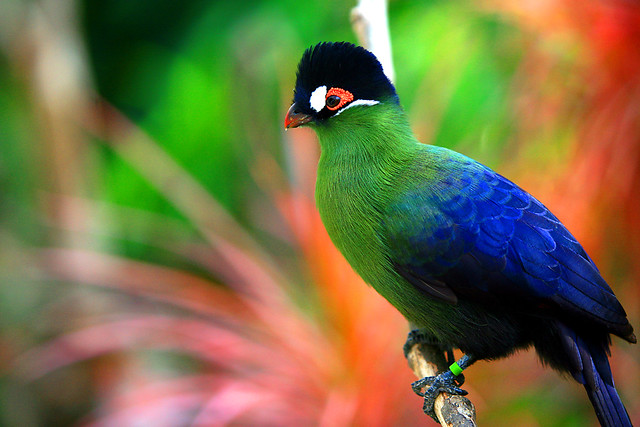
Want to know what kinds of foods prevent disease? Then watch what migratory birds eat during their stopovers on Block Island. Two University of Rhode Island scientists believe that birds choose certain berries because they offer protection against oxidative stress that occurs during long flights. Oxidative stress can lead to inflammation and a variety of diseases in birds and humans. The team's preliminary findings show that birds stopping over on Block Island favor the arrow-wood berry, which contains more anti-oxidants and pigments than the 11 other island berries studied by the researchers. Navindra Seeram, assistant professor of pharmacy and head of the Bioactive Botanical Research Laboratory at URI, and Scott McWilliams, URI professor of wildlife ecology and physiology, have teamed up to research migratory birds' eating habits and how their diets might be used to understand the role of berries rich in anti-oxidants in human health. Research has shown a diet rich in anti-oxidants can help prevent cancer and other serious illnesses. Seeram reported the findings today at the American Chemical Society's 239th national meeting in San Francisco. (Seeram will be interviewed about this on NPR's Science Friday, March 26.) ''We're suggesting that birds choose deeply colored berry fruits in part because of their anti-oxidant properties,'' Seeram said. About 11 years before Seeram arrived at URI, McWilliams began laying the foundation for the recent study. ''When I started studying birds during their migratory stopover on Block Island, I was impressed that most of the migratory birds ate berry fruits even though they usually eat insects or seeds at other times of the year,'' said McWilliams, who came to URI in 1999. ''I began studying the relationship between the nutritional qualities of fruits and how those nutrients might fuel migration.'' When Seeram arrived at URI two years ago, McWilliams saw a University story online that detailed Seeram's research interests. ''I saw the story about Navindra and in it he was talking about oxidative stress and inflammation and the effects berry fruits can have on reducing those impacts on people.'' So McWilliams, who does his research and teaches in the College of the Environment and Life Sciences, tracked down Seeram, who works in the College of Pharmacy. They developed their mutual research interests into a successful collaboration that included URI graduate student Jessica Bolser and post-doctoral researcher Liya Li, who works in Seeram's lab. Called the lynchpin between McWilliams and Seeram, Bolser spent months in the field on Block Island observing the birds' nutritional patterns and collecting batches of 12 different kinds of berries for their analysis of anti-oxidant levels. The research indicates that birds prefer to eat certain fruits that have more antioxidants and key nutrients. In return, the seeds in the berries are dispersed by the birds. ''It's the way plants ensure their survival. Birds eat the berries, digest them and defecate the seeds over wide areas,'' McWilliams said. ''Meanwhile, the birds are attracted to the berries because of their rich color, which we believe is a plant's response to the stress of constant exposure to the sun and other stresses. Berry color could be a plant's way of fighting oxidative stress. It's a partnership that benefits plant and bird.'' The Seeram-McWilliams partnership will continue. ''We've only measured a few of these anti-oxidants,'' Seeram said. ''Our next step is to determine how birds can detect these compounds.'' ''Whenever we exercise, we undergo oxidative stress, and the same is true for birds,'' McWilliams said. ''We're flying birds in wind tunnels to produce oxidative stress, and then we are going to see if anti-oxidants found in these berries alleviate that stress,'' McWilliams said. The research may benefit human health as well as bird conservation. If further research shows the direct link between bird health and diet, then the findings will play a critical role in habitat protection for migratory birds, McWilliams said. ''That's what is so great about URI,'' Seeram said. ''Because the University is small, without the usual bureaucratic walls, we can create these partnerships. This collaboration between professors in two separate colleges would not have happened so easily in other universities and produced results so quickly.''Source: Article







